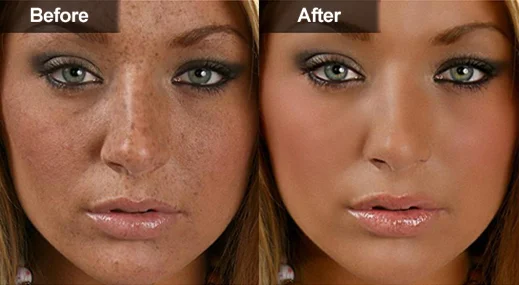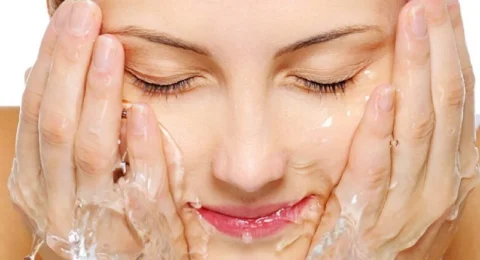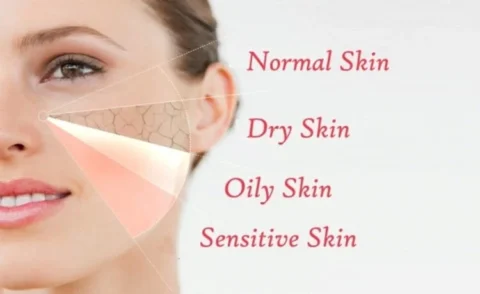Hyperpigmentation is a common, relatively harmless condition indicative of either an abnormally high concentration of melanocytes (specialized skin cells that produce the protective skin-darkening pigment melanin,) or hyperactive melanocytes.
Freckles, for instance, are an adorable form of hyperpigmentation. Lentigo (one freckle) or Lentigenes (multiple freckles) are the result of sun exposure; Solar Lentigenes, also known as “sun spots,” “age spots” and “liver spots,” are also caused by sun exposure.
Other common examples of hyperpigmentation include:
Melasma (pregnancy mask) – Caused by hormonal changes due to pregnancy, melasma is characterized by splotchy, pigmented areas usually on the face (except the eye area).
Nevus, (also known as “birthmark,” “mole” or “beauty mark,”) is the medical term for a congenital growth or mark on the skin.
There are various causes of hyperpigmentation linked to overexposure to the sun; sun damage; heredity; picking at the skin; hormonal changes; certain medications such as antibiotics, hormone treatments and anti-seizure medications; inflammation and skin injuries such as acne vulgaris.
While there is no cure for hyperpigmentation, no cream or pill that can undo the skin damage or discoloration, there are effective treatments available to fade or lighten the appearance of unwanted pigmentation. Light therapies, laser treatments, skin resurfacing treatments and certain chemical peels have all proven to be very effective.
Laser treatment utilizes light energy to break down the top layer of skin and remove damaged skin cells, revealing healthier, more vibrant skin. How much laser treatment you will need depends on the depth of the skin damage and the size of the area being treated. The type of laser used will depend on the desired outcome. Lasers produce organized light energy that is absorbed by specific targets in the skin; most patients who undergo laser treatment for hyperpigmentation will need a few days of downtime after the procedure, and will be provided with post-procedure instructions to achieve optimal results.
Lasers are able to diminish hyperpigmentation and rejuvenate the skin like no other treatment. A variety of lasers are available, each with their own purpose, precision and intensity levels that can be adjusted to suit the needs of different patients and treatments.
Each different laser emits its own wavelength of organized light, as different types of skin discoloration responds to a very specific wavelength.
The Fraxel Dual laser works brilliantly on diminishing unwanted pigmentation; all Fraxel lasers are excellent at reversing sun-damage and rejuvenating the skin,
The Medlite laser is a Q switched Nd:yag laser; Q switched means that the light is not released until it has reached maximum energy at a wavelength of 1064 nm. Energy is absorbed by brown pigment, destroying the discoloration. Age spots or freckles can usually be removed in one or two treatments.
The Sciton Contour TRL is an erbium:yag laser that treats the entire surface of the skin, for smooth, consistent results. The Sciton Contour TRL is primarily used to perform a Micro Laser Peel® to reduce pigment and fine lines, requiring about three days’ downtime down time with quick, consistent healing. This is a perfect laser for treating sun-damaged skin and returning it to a smooth, healthy glow.
People with fair skin tones tend to respond better to laser treatments than those with darker skin tones. Your best options will be discussed in detail during a consultation with your practitioner.
When it comes to hyperpigmentation, prevention is always the best cure. Make sure to apply a high SPF sunscreen or moisturizer to your face, neck and hands (and all exposed skin) before going out into the sun. Luckily, most hyperpigmentation is treatable; but treatment doesn’t end when the laser is turned off, or the chemical peel heals. Preventing further sun damage is a matter of protecting your skin from the sun.







